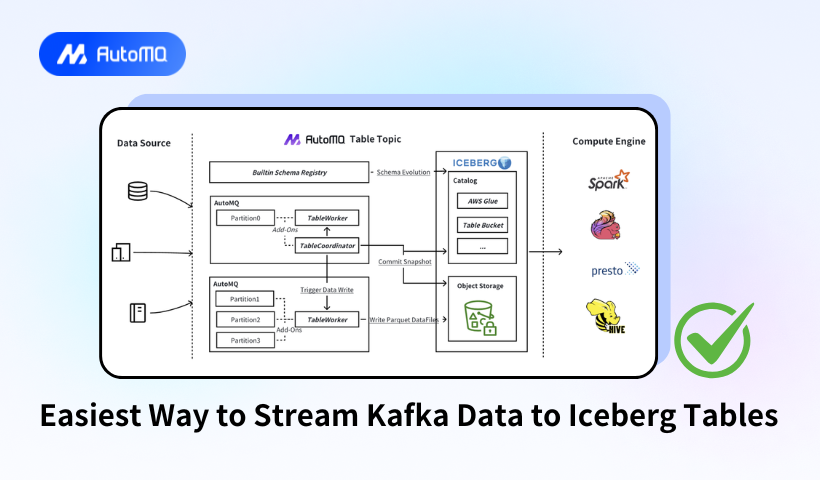Overview
AutoMQ Table Topic represents a significant advancement in data streaming technology, offering a streamlined approach to integrate Kafka data streams with Apache Iceberg tables. This feature eliminates traditional ETL processes while providing robust schema management and seamless integration with cloud storage solutions like AWS S3. Since its announcement in late 2023, AutoMQ has successfully transformed Apache Kafka's architecture, resulting in at least 50% cost savings for major companies including JD.com, Zhihu, REDnote, and others.
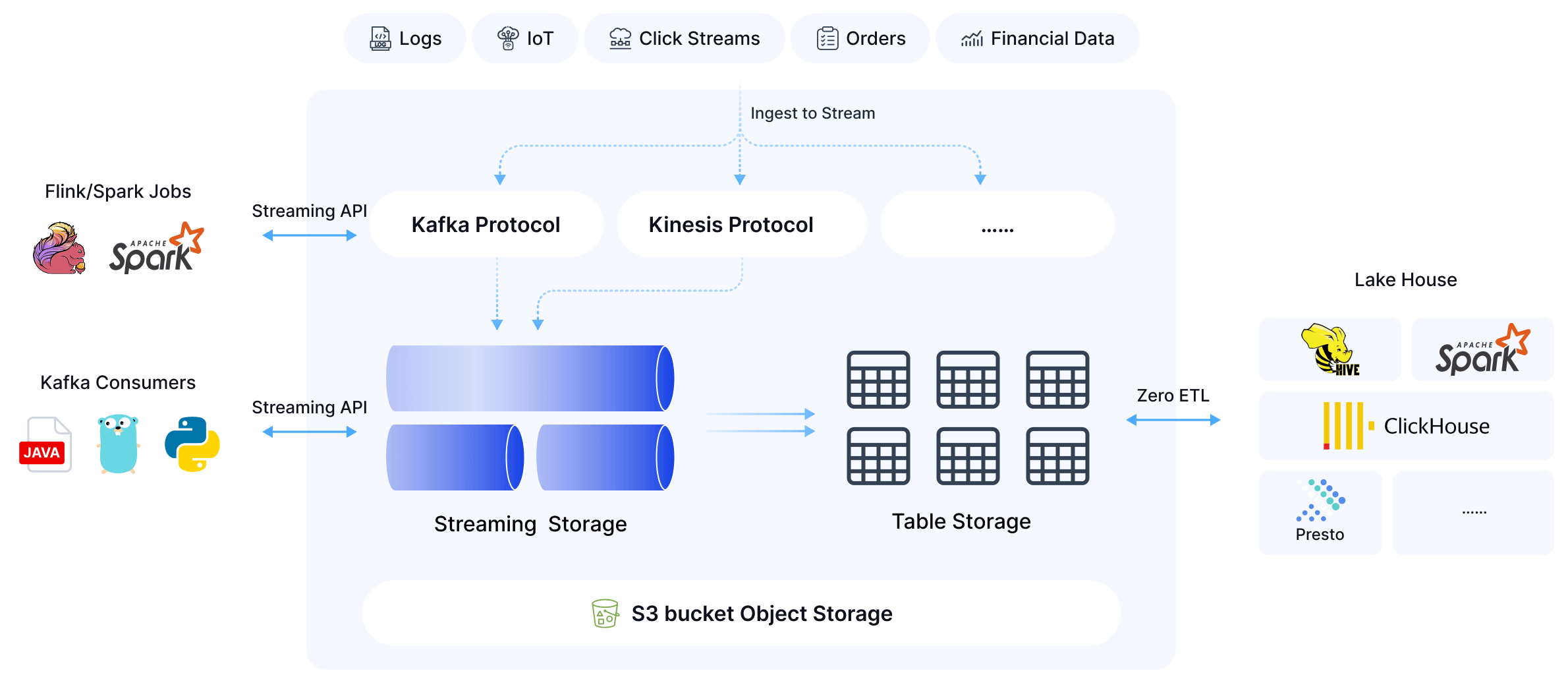
Evolution of Data Architecture
From Shared-Nothing to Shared-Data
AutoMQ's approach represents the latest evolution in data architecture paradigms:
Shared-Nothing Architecture : Traditional on-premise systems where each node operates independently with its own memory and disk, designed for horizontal scaling but creating complexity in data consistency
Shared-Storage Architecture : Evolution leveraging cloud-based object storage (like Amazon S3) for improved scalability, durability, and cost efficiency
Shared-Data Architecture : The latest advancement addressing limitations of previous architectures, enabling real-time analytics and decision-making by providing immediate access to data as it's generated
AutoMQ Table Topic exemplifies the shared-data architecture by natively supporting Apache Iceberg, bridging the gap between batch and stream processing, and enabling enterprises to analyze data in real-time.
Core Features of AutoMQ Table Topic
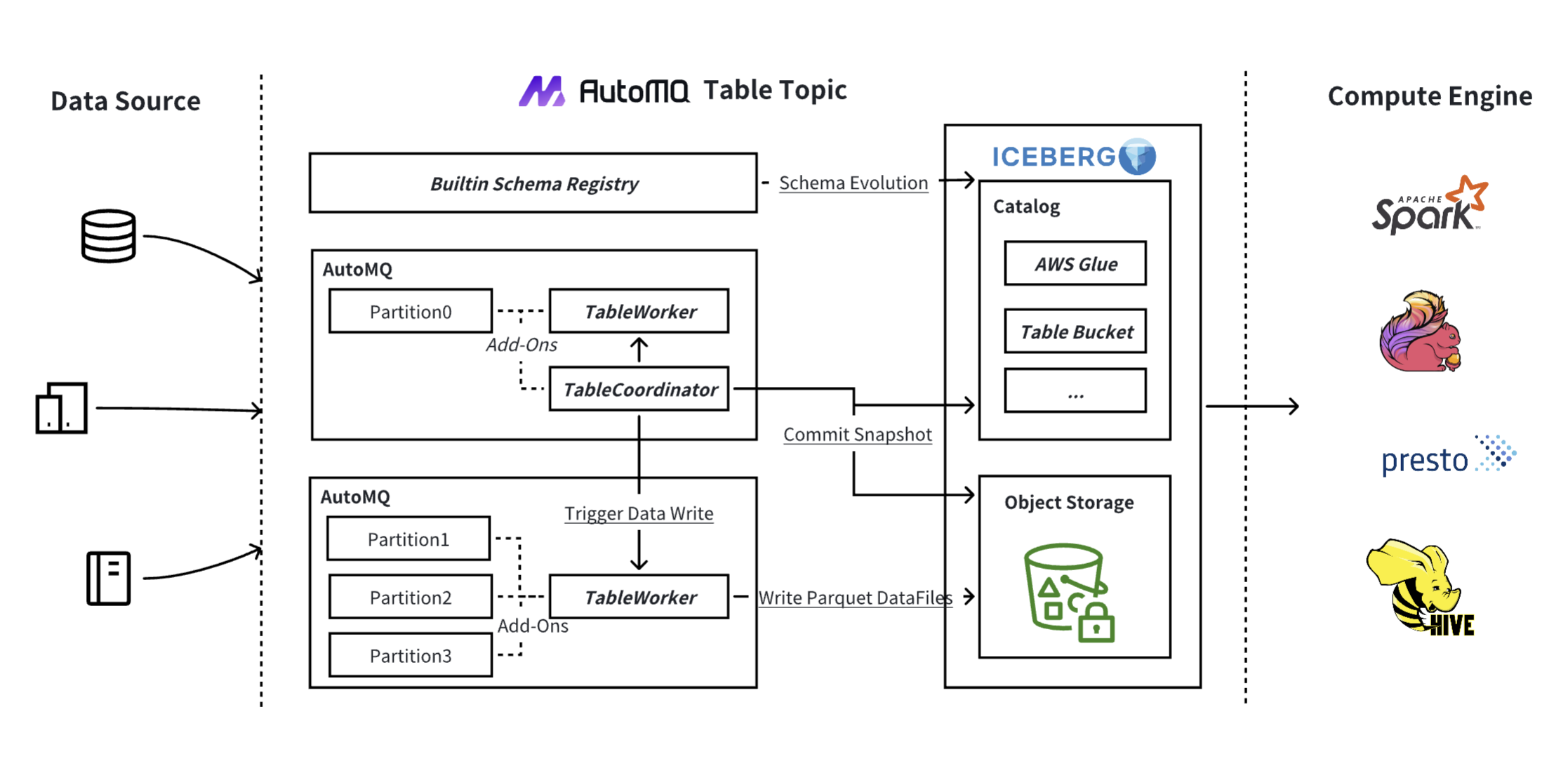
Integrated Schema Management
AutoMQ Table Topic includes a built-in Kafka Schema Registry that automatically synchronizes with Iceberg's Catalog Service, including AWS Glue, AWS Table Bucket, and Iceberg Rest Catalog Service. This integration provides:
Direct use of Schema Registry endpoint by Kafka clients
Automatic synchronization between Kafka schemas and Iceberg catalogs
Support for automatic schema evolution without manual intervention
Coordinated Table Management
The architecture includes several key components:
Table Coordinator : Each topic has a dedicated coordinator that centralizes all nodes for Iceberg Snapshot submissions, reducing commit frequency and avoiding conflicts
Table Worker : Each AutoMQ node contains an embedded Table Worker responsible for writing data from all partitions on that node to Iceberg
Configurable Submission Intervals : The system allows customizable intervals for data submission to Iceberg, enabling users to balance real-time processing needs with cost efficiency
AWS S3 Tables Integration
AutoMQ Table Topic provides seamless integration with AWS S3 Tables, leveraging their catalog service and maintenance capabilities including:
Compaction services
Snapshot management
Unreferenced file removal
Direct compatibility with AWS Athena for large-scale data analysis
Advantages Over Traditional Approaches
Simplified Deployment and Management
AutoMQ Table Topic offers significant advantages over traditional Kafka Connect-based approaches:
Single-Click Enablement : Stream data into Iceberg tables with just one click
Ready-to-Use Schema Registry : Built-in registry works out-of-the-box without additional configuration
Automatic Table Creation : Leverages registered schemas to automatically create Iceberg Tables in catalog services like AWS Glue
Zero ETL Pipeline
One of the most significant advantages is the elimination of traditional ETL processes:
Direct Data Streaming : No intermediaries like Kafka Connect or Flink required
Reduced Complexity : Significantly simplifies data pipeline architecture
Cost Reduction : Lower operational and infrastructure costs by eliminating additional processing layers
Dynamic Scaling Capabilities
The architecture provides robust scaling features:
Stateless and Elastic : AutoMQ brokers can scale up or down seamlessly
Dynamic Partition Reassignment : Partitions can be reassigned on-the-fly
Adaptive Throughput : Handles data ingestion rates from hundreds of MiB/s to several GiB/s without manual intervention
Implementation Workflow
Step 1: AWS Marketplace Subscription
The implementation begins with subscribing to AutoMQ on AWS Marketplace:
Navigate to AutoMQ page on AWS Marketplace
Click "Subscribe" button
Follow instructions to install AutoMQ in your VPC using BYOC (Bring Your Own Cloud) model
Step 2: Storage and Instance Setup
Configure the necessary storage and AutoMQ instance:
Create a new S3 table bucket for storing table data
Record the bucket's ARN for later use
Log in to AutoMQ BYOC Console with provided credentials
Set up a new instance with the latest AutoMQ version
Link the instance to your S3 bucket ARN during setup
Create a test topic and activate the Table Topic feature for it
Step 3: Data Integration with Schema
Connect your data sources to the configured Table Topic:
Obtain endpoints for your AutoMQ instance and Schema Registry from the BYOC Console
Use Kafka clients to connect to your AutoMQ instance
Send data (such as clickstream data) to the established Table Topic
Step 4: Query Integration with AWS Athena
Access and analyze the streamed data:
AutoMQ Table Topic automatically creates tables in your AWS S3
Open AWS Athena in the AWS Management Console
Use Athena to query the data stored in tables created by AutoMQ
Architecture Overview
AutoMQ Table Topic is fully integrated into AutoMQ's core architecture, maintaining simplicity without requiring additional nodes. This approach aligns with Amazon CTO Werner Vogels' concept of embracing "Simplexity".
The architecture comprises three main components:
Schema Management Module : Handles schema registry and evolution
Table Coordinator : Centralizes coordination for efficient commits
Table Workers : Distribute data writing tasks across nodes
Architectural Advantages
This integrated approach offers several key benefits:
Cohesive System : Table Topic functions as a core feature rather than an add-on
Reduced Complexity : Fewer components mean fewer failure points
Optimized Resource Utilization : Shared resources between Kafka and Table Topic functionalities
Cost and Performance Benefits
Significant Cost Savings
AutoMQ's approach provides substantial financial benefits:
Over 50% Cost Reduction : Compared to traditional Apache Kafka-based solutions
Optimized Cloud Resource Utilization : Leverages object storage, Spot instances, and other cloud services
Pay-as-you-go Model : Auto-scaling aligns costs with actual workload
Serverless Capabilities
The platform offers true serverless functionality:
Auto Scaling : Monitors cluster metrics to automatically scale in/out
Rapid Scaling : Computing layer (broker) can scale within seconds
Unlimited Storage : Cloud object storage eliminates capacity concerns
Conclusion
AutoMQ Table Topic represents a significant advancement in streaming data to Iceberg tables, offering a streamlined, cost-effective approach that eliminates traditional ETL processes. By combining a built-in schema registry, efficient table coordination, and seamless AWS integration, it provides a comprehensive solution for organizations looking to simplify their data pipelines while maintaining real-time analytics capabilities.
The ability to enable streaming with a single click, coupled with automatic schema evolution and dynamic scaling, makes AutoMQ Table Topic an attractive option for enterprises seeking to unify their streaming and analytics workflows. As data volumes continue to grow, solutions like AutoMQ that bridge the gap between real-time data processing and analytical workloads will become increasingly valuable in the modern data ecosystem.
If you find this content helpful, you might also be interested in our product AutoMQ. AutoMQ is a cloud-native alternative to Kafka by decoupling durability to S3 and EBS. 10x Cost-Effective. No Cross-AZ Traffic Cost. Autoscale in seconds. Single-digit ms latency. AutoMQ now is source code available on github. Big Companies Worldwide are Using AutoMQ. Check the following case studies to learn more:
Grab: Driving Efficiency with AutoMQ in DataStreaming Platform
Palmpay Uses AutoMQ to Replace Kafka, Optimizing Costs by 50%+
How Asia’s Quora Zhihu uses AutoMQ to reduce Kafka cost and maintenance complexity
XPENG Motors Reduces Costs by 50%+ by Replacing Kafka with AutoMQ
Asia's GOAT, Poizon uses AutoMQ Kafka to build observability platform for massive data(30 GB/s)
AutoMQ Helps CaoCao Mobility Address Kafka Scalability During Holidays
JD.comx AutoMQ x CubeFS: A Cost-Effective Journey at Trillion-Scale Kafka Messaging
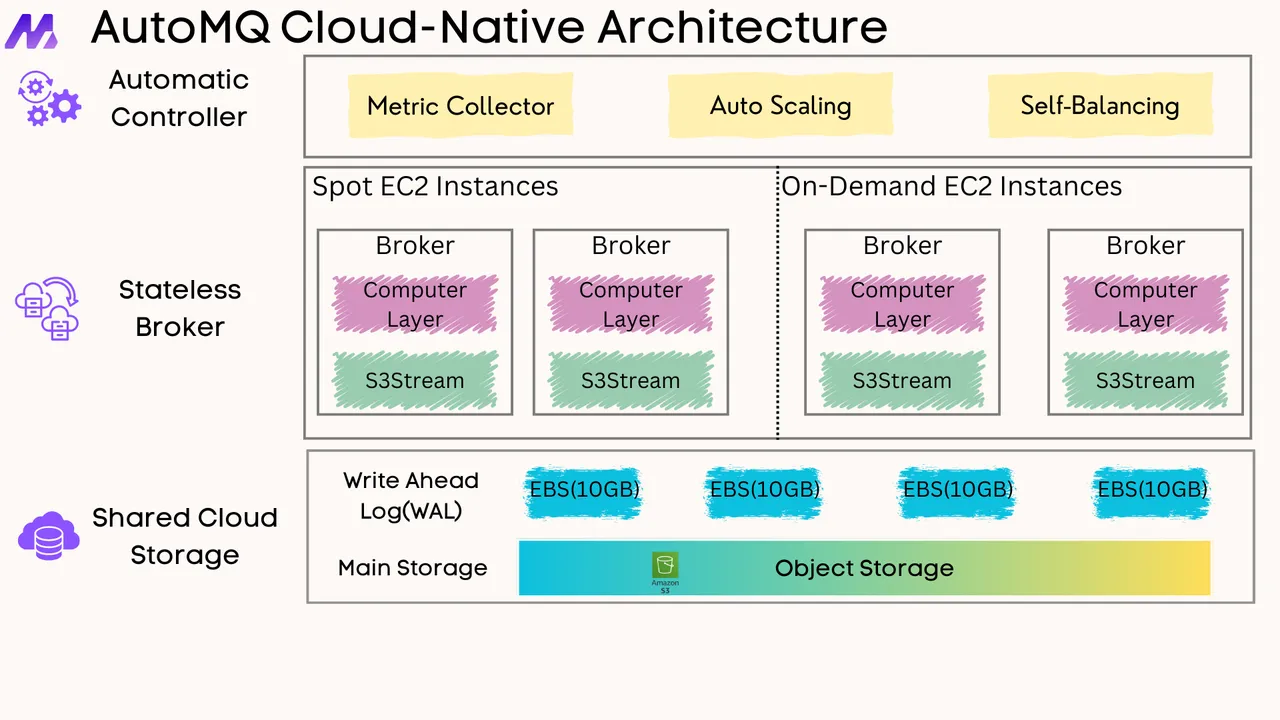





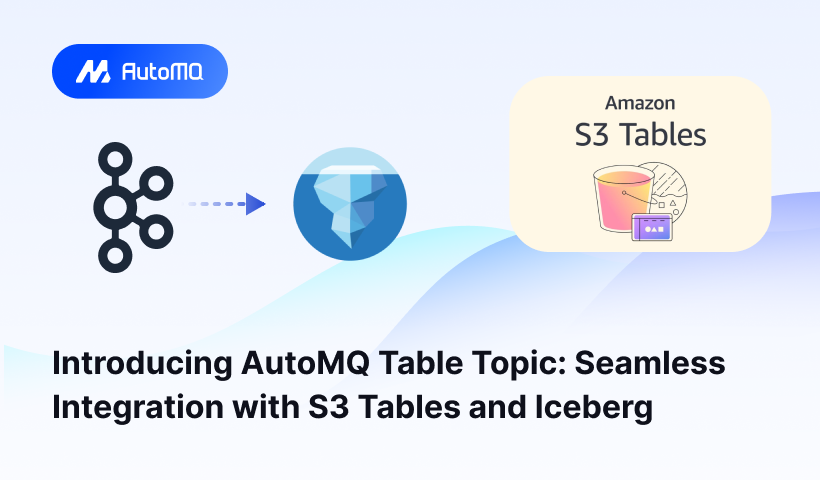
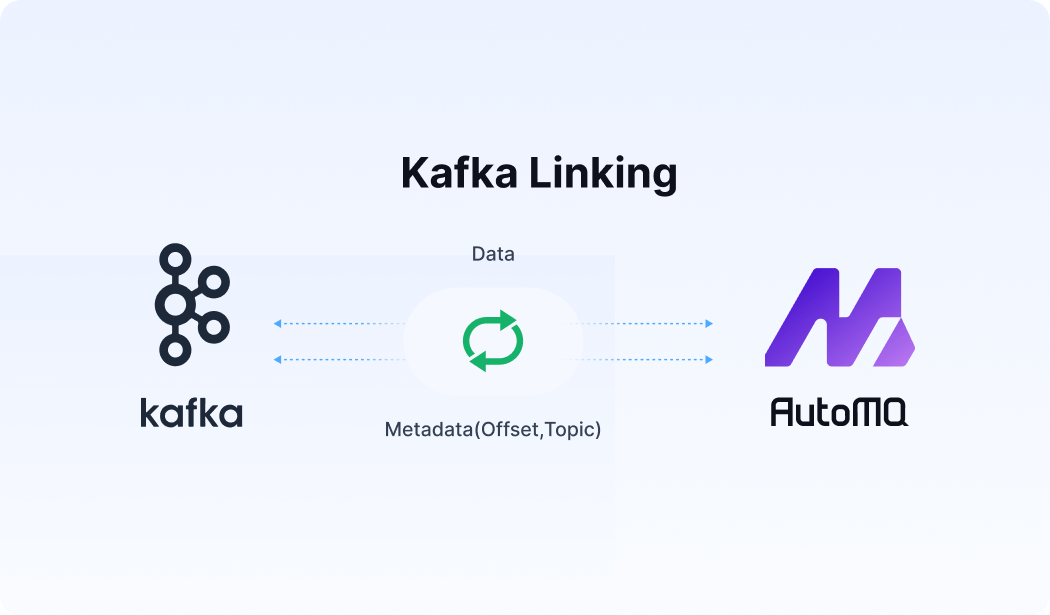




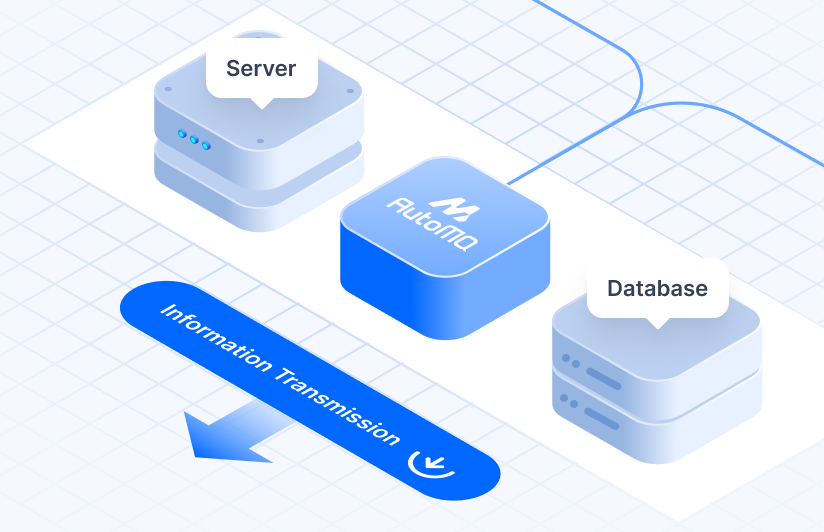
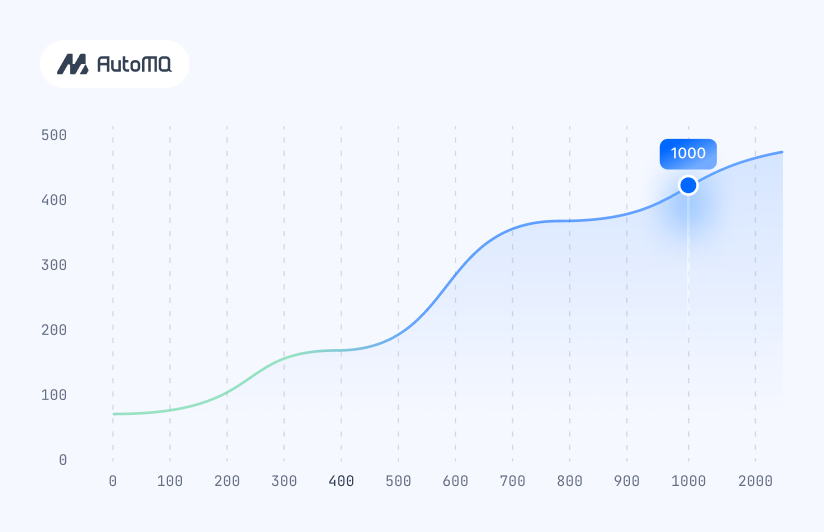


.png)
